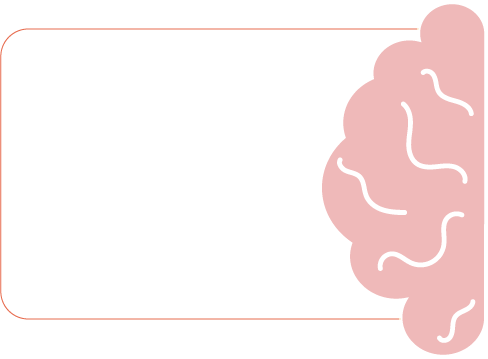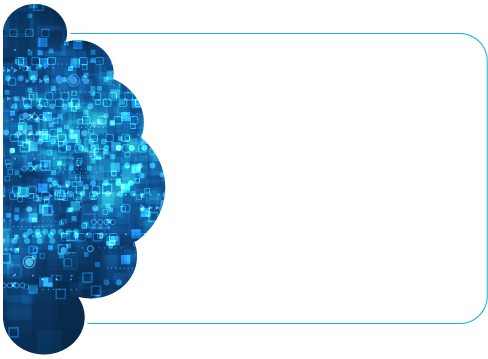of Digital Business Transformation
Digital Business Reinvention & Artificial Intelligence
Nimbleness Model & Scorecard

Agenda
36 months of research with global organizations at Startech Alliance, Inc and Asebuss – KSU MBA&EMBA executives. Study of previous models of digital maturity including IDC, Forrester, Gartner, McKinsey and MIT CISR.

AI
Integrating Artificial Intelligence at the core of the Maturity Model of Digital Business Transformation & AI Readiness.

Effort
Hundreds of companies interviews

Result
This is followed by a solution oriented evaluation and scoring system on each business function that again is offering a practical, hands-on, let’s do it approach to digital transformation.
Why a Digital
BRAIN Model?
The human brain is a complex network of neurons, where each neuron can connect to thousands of other neurons and similarly, in a digitally transformed organization, systems and processes are interconnected and there's an emphasis on ensuring that different digital platforms, applications and tools are integrated and can communicate seamlessly with each other.
Our brains exhibit plasticity, meaning it can change and adapt based on experiences and learnings and
organizations undergoing a D-BRAIN transformation are becoming adaptable, ready to pivot
based on changing conditions, customer feedback
and tech advancements.

Also, our brain learns from new experiences and information and in the D-BRAIN model an organization needs to be in a constant state of learning and evolution.
This could involve using analytics to gain insights, adopting machine learning to predict trends or leveraging the full power or AI.
Just as the brain processes and responds to sensory input to create a cohesive experience, organizations need to ensure that the digital experience (for both customers and employees) is seamless, intuitive and positive in the digital realm.

The
future belongs to the
AGILE*
Organizations
Implementing recurrent business transformations using the D-BRAIN Model will lead in the long run achieving a level where everything if wellorchestrated will act like having a second collective brain for a company.

Using ChatGPT and other AI tools permanently in people’s jobs or for study is only the first step of the transformation happening now and it is a good example of the change. The next stept may be implementing on a department but the fantastic, transformative power is one step ahead when a company integrate it at general (global) level.

Companies that recognize the tremendous power and integrate this "second brain" effectively will likely be at the forefront of their industries. They'll harness the collective intelligence of both their human capital and advanced AI tools, achieving enhanced efficiency, innovation and competitiveness.

We are only one step away from a model where companies collectively leverage this “second brain” as a form of networked collaboration between humans and technology, probably starting more on functional business initiatives and migrating as a collective resource.
*AGI – Artificial General Intelligence – a type of artificial intelligence that could learn to accomplish and intellectual task that a human being can perform.
*AGILE – a term used primary within the world of software development, though its principles have been applied to various other industries as well, which focus on prioritizing collaboration, customer feedback and adaptive responses to change.
*AGILE – written with bold for AGI followed by normal LE is a combination between AGI and AGILE used through this model as an organization using Agile principles to reach an AGI digital transformation level.


A complete
scoring systems
Helping is not telling, but offering you as an organization or as a consultant a tool to objectively identify where you are right now and support you identify how you can improve based on 10 dimensions. We have selected these dimensions based on the impact on the digital transformation projects or digital business consultancy.
Digital business Reinventation
and AI Nimbleness Scorecard


Five Organizational Levels
Using this scoring systems gives a progressive view of a company's digital maturity. Digital Transformation being a continuous journey, a company might oscillate between these categories or exist in more than one at a time, digital transformation spectrum being a broad continuum that showcases the varying degrees of digital maturity and adaptability among businesses.
For businesses aiming to survive and thrive in the digital age, understanding where they stand on this spectrum is crucial. It offers insights into their current state, highlights areas for improvement and provides a roadmap for future growth. And as the digital landscape continually evolves, it's imperative for businesses to constantly re-evaluate their position and strategies, ensuring they remain relevant, competitive and prepared for the future.






